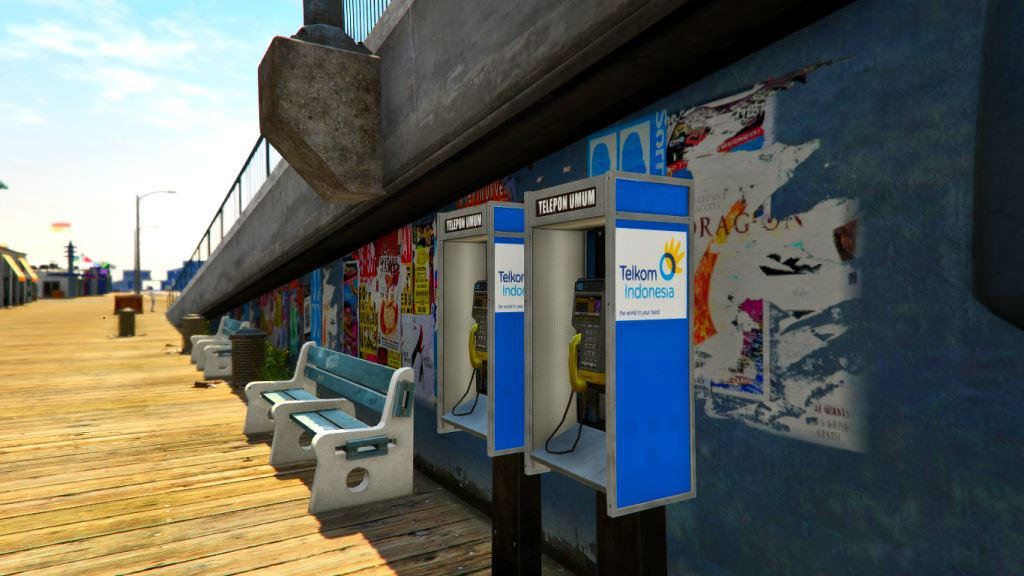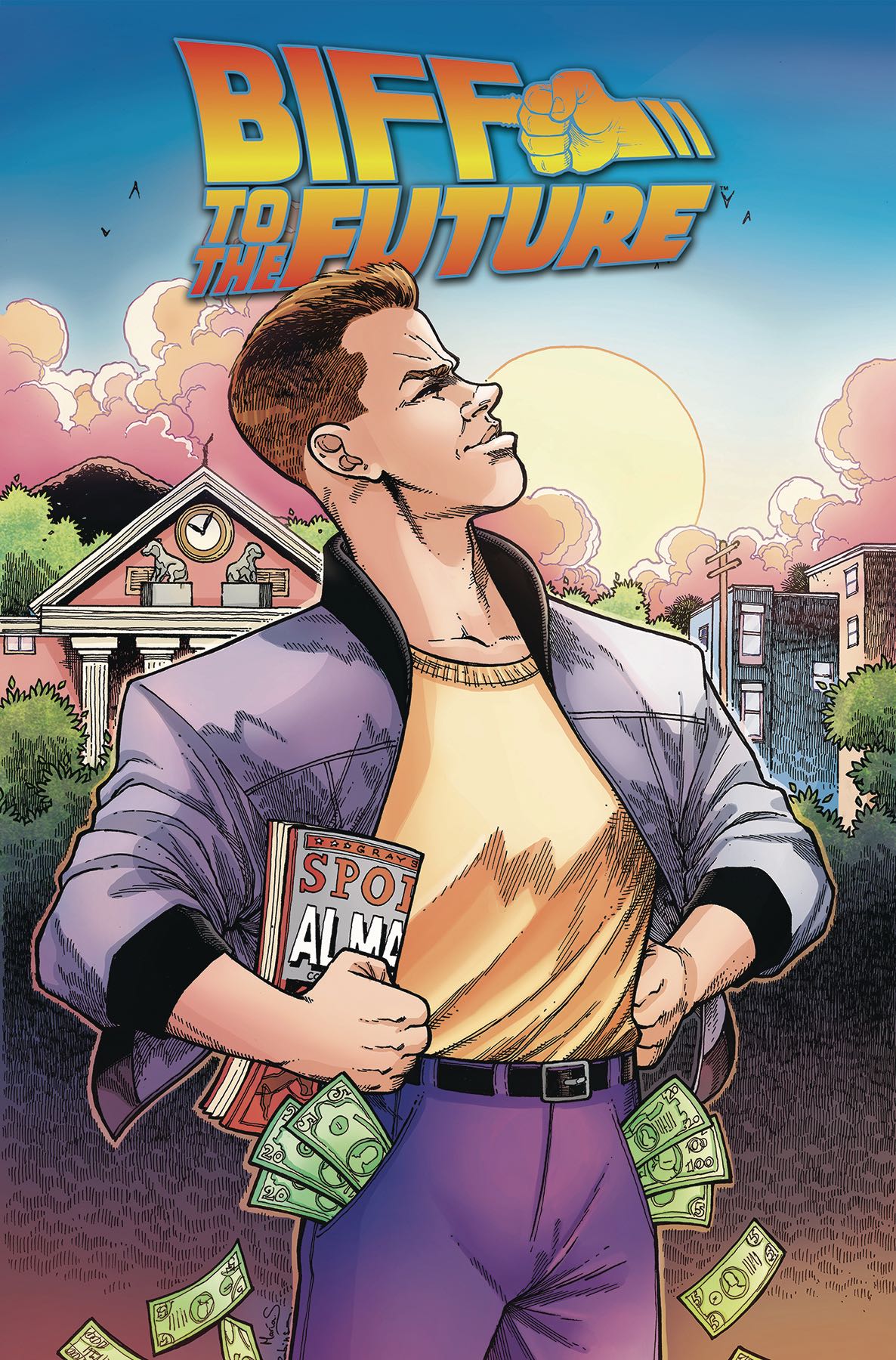

The fact there were once more than 70,000 red kiosks and now only 10,000 remain on the streets suggests that a lot of boxes have disappeared.
#Biff has the phonebox free#
Over the next decade, most of the current 31,000 street kiosks (they are mostly ugly, post-Scott designs) will be swept away and replaced by three metre-tall InLink pillars and other devices that combine free calls with wi-fi services and are funded by advertising, but about 2,500 red boxes will be retained and converted for digital use. Neil Scoresby, BT’s general manager for payphones, tells me a revolution in payphones is under way, reflecting the fact that only about 30,000 calls a day are now made from them. Across the UK, more than 3,000 kiosks have been listed, including all the K2s, so there is no danger of them disappearing from Britain’s streets. Remarkably Scott’s original wooden prototype still stands outside the Royal Academy in Piccadilly. There are still numerous Scott kiosks in central London, many of which have been listed as historically or architecturally significant – a response to the destruction of many boxes by the newly formed British Telecom in the 1980s. The K2 had never caught on outside London because it was expensive, but the cheaper K6 was adopted nationally and by the late 1960s, when the utilitarian K8 was introduced, designed by the architect Bruce Martin, there were more than 70,000 in use across the country.
#Biff has the phonebox windows#
Scott’s K2 design, easily identified by its small, square windows, was superseded in 1936 by his K6, which was smaller and had larger, horizontal windows to let more light into the box. “The Kiosk No 2 was a miniature building,” he writes. In his book he lauds Scott’s original design, designated Kiosk No 2 (usually abbreviated to K2) by the General Post Office, which was then responsible for the phone network. Stamp was a great enthusiast for Scott’s boxes and led a campaign to preserve them after they ceased production in 1968.

In his 1989 monograph on phone boxes, the architectural historian Gavin Stamp called Scott’s cast-iron box “a classical design of refined sophistication and timeless elegance”. Many believe Scott’s design echoes the tomb that the architect Sir John Soane built for his wife in 1815. It was designed in 1924 by the architect Sir Giles Gilbert Scott, whose other creations include Liverpool’s Anglican cathedral and Battersea and Bankside power stations. In 2015 the traditional red phone box was voted the greatest British design of all time, ahead of the Routemaster bus, the Spitfire, the union jack and Concorde. It was a point he has made at past AGMs – always, he says, to audience applause.

At the recent annual general meeting of British Telecom, which even in the age of the mobile phone has a statutory obligation to maintain a payphone network, Farmer demanded that more be done to maintain the traditional red boxes. These were once a feature of every high street in the country, but now number only 10,000 or so (and half of those are decorative rather than operational). J ohn Farmer, who describes himself as an activist shareholder, is a man with a mission – to save Britain’s red phone boxes.


 0 kommentar(er)
0 kommentar(er)
